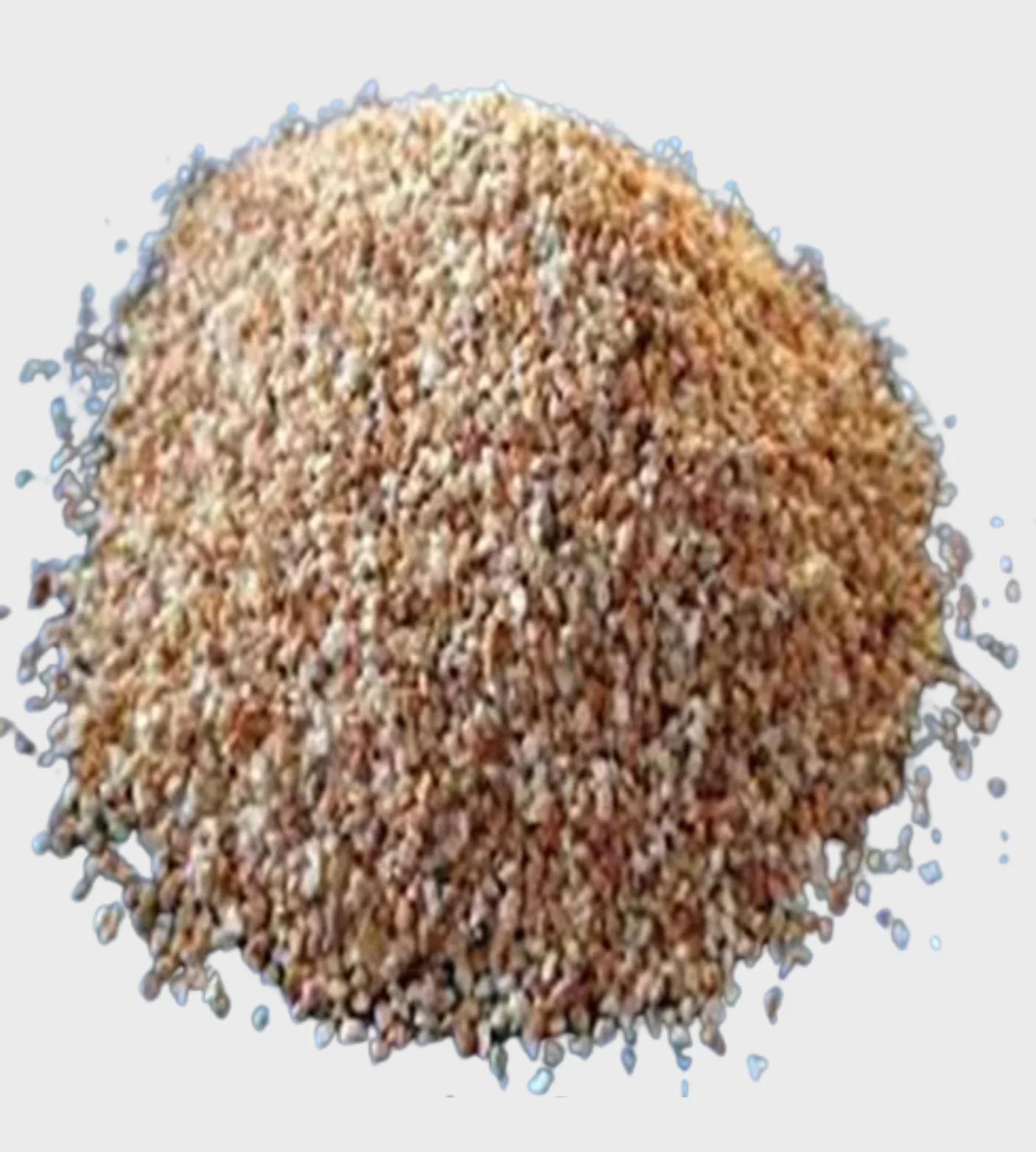Refractory Material

Refractory Material
Refractory material specifications vary based on their application and required performance characteristics. Key specifications include refractoriness (melting point), thermal shock resistance, chemical composition, and physical properties like density, porosity, and strength. These materials are crucial in high-temperature applications, such as in furnaces and kilns, where they must withstand extreme heat, thermal stress, and chemical attack.
Key Properties and Specifications:
Refractoriness:
The temperature at which the material softens or melts. This is a critical property, often categorized into high-grade (1770-2000°C) and super-grade (above 2000°C).
Thermal Shock Resistance:
The ability to withstand rapid temperature changes without cracking or fracturing.
Chemical Composition:
Refractories can be classified based on their chemical composition, such as fireclay (alumina-silica), high-alumina, magnesia-chrome, and others.
Alumina (Al2O3) and Silica (SiO2) Content:
The ratio of alumina and silica is a key factor in determining the properties of the refractory. High-alumina refractories, for example, offer high refractoriness and thermal shock resistance.
Density and Porosity:
Density relates to the mass per unit volume, while porosity refers to the amount of void space within the material. These properties influence strength, thermal conductivity, and other characteristics.
Strength:
Refractories need to withstand mechanical stresses, including compression and bending. Load-bearing capacity at high temperatures is also a critical specification.
Erosion and Corrosion Resistance:
Refractories may be exposed to corrosive substances (acids, alkalis, etc.) or molten materials. Resistance to these factors is essential for longevity.
Dimensional Stability:
Refractories should maintain their shape and size at high temperatures and during thermal cycling. This is often measured by linear expansion and shrinkage.
Thermal Conductivity:
This property indicates how well a material conducts heat. Low thermal conductivity is often desired for insulation purposes.
Common Types and Applications:
Fireclay Bricks:
Used in various industrial applications, including kilns, furnaces, and ladles. Have a range of alumina and silica content.
High-Alumina Bricks:
Contain a higher percentage of alumina (e.g., 45% or more) and are used in more demanding high-temperature applications.
Magnesite Bricks:
Resistant to basic slags and used in steelmaking and other high-temperature processes involving alkaline materials.
Monolithic Refractories:
Include ramming mixes, gunning mixes, and castables, which can be applied seamlessly to create linings.
